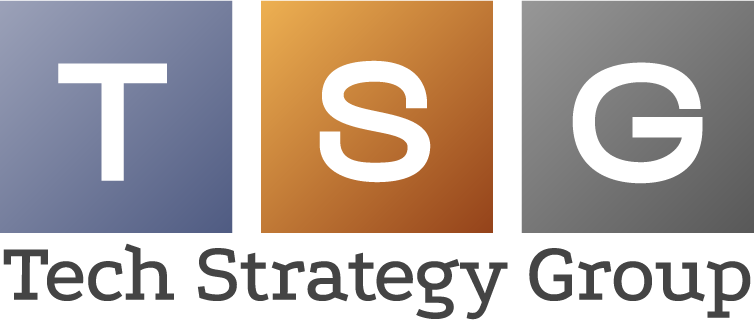In an era where email communication is ubiquitous, the threat of phishing attacks and scams looms large. Cybercriminals employ sophisticated tactics to deceive unsuspecting individuals and organizations, aiming to steal sensitive information, commit financial fraud, or deploy malware. Protecting yourself from email phishing and scams requires vigilance, awareness, and adherence to best practices. In this article, we’ll explore effective strategies to safeguard against email phishing and scams, empowering individuals and businesses to defend against cyber threats.
Develop Email Awareness and Education
Education is the first line of defense against email phishing and scams. Individuals and employees should receive comprehensive training on identifying phishing attempts, recognizing suspicious email attributes, and understanding common tactics employed by cybercriminals. Training programs should cover topics such as spotting spoofed email addresses, scrutinizing links and attachments, and verifying the legitimacy of requests for sensitive information. By fostering email awareness and education, individuals can become more adept at recognizing and avoiding phishing attempts.
Verify Sender Identities and Email Authenticity
One of the most effective ways to protect against email phishing is to verify the sender’s identity and the authenticity of the email itself. Be cautious of emails from unfamiliar senders or addresses that appear suspicious or misspelled. Always verify the legitimacy of email requests, especially those involving sensitive information or financial transactions, by contacting the purported sender through a known, trusted communication channel. Additionally, use email authentication technologies such as SPF (Sender Policy Framework), DKIM (DomainKeys Identified Mail), and DMARC (Domain-based Message Authentication, Reporting, and Conformance) to detect and prevent email spoofing and impersonation.
Exercise Caution with Links and Attachments
Links and attachments are common vectors for email phishing and malware distribution. Exercise caution when clicking on links or downloading attachments from unsolicited or unexpected emails, even if they appear to be from trusted sources. Hover over links to preview the URL and ensure they lead to legitimate websites. Be wary of download prompts or requests for sensitive information, especially if the email is unexpected or creates a sense of urgency. Consider using email security solutions that scan links and attachments for malicious content before they reach your inbox.
Implement Multi-Factor Authentication (MFA)
Multi-factor authentication (MFA) adds an extra layer of security by requiring users to provide multiple forms of verification before accessing accounts or sensitive information. Enable MFA for email accounts and other online services to prevent unauthorized access, even if cybercriminals obtain login credentials through phishing attacks. MFA methods may include SMS codes, authenticator apps, biometric authentication, or hardware tokens. By implementing MFA, individuals can significantly reduce the risk of unauthorized account access and protect against email phishing-related breaches.
Stay Updated on Security Threats and Trends
Cyber threats and tactics are constantly evolving, making it essential to stay informed about the latest security threats and trends. Subscribe to reputable cybersecurity blogs, newsletters, and alerts to receive timely updates on emerging phishing campaigns, malware variants, and security vulnerabilities. Follow cybersecurity organizations and experts on social media platforms for valuable insights and actionable advice. By staying updated on security threats and trends, individuals can proactively adjust their security posture and mitigate the risk of falling victim to email phishing and scams.
Report and Take Action Against Suspicious Emails
If you encounter a suspicious email or suspect phishing attempt, report it to your organization’s IT security team, email provider, or relevant authorities. Most email providers offer built-in tools for reporting phishing emails and blocking malicious senders. Additionally, educate colleagues, friends, and family members about the importance of reporting suspicious emails and taking appropriate action to prevent further harm. By reporting and taking action against suspicious emails, individuals contribute to collective efforts to combat email phishing and protect the broader community from cyber threats.
Conclusion
Email phishing and scams pose significant risks to individuals and organizations, but by implementing proactive measures and adopting best practices, you can effectively safeguard against these threats. From developing email awareness and education to verifying sender identities, exercising caution with links and attachments, implementing multi-factor authentication, staying updated on security threats, and reporting suspicious emails, these strategies empower individuals to protect themselves and others from falling victim to email phishing and scams. By remaining vigilant and proactive, we can collectively mitigate the impact of email phishing and scams and create a safer digital environment for all.







